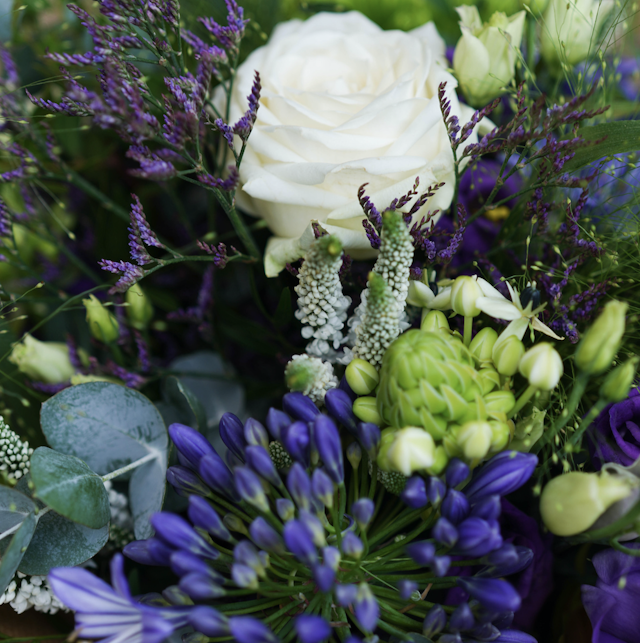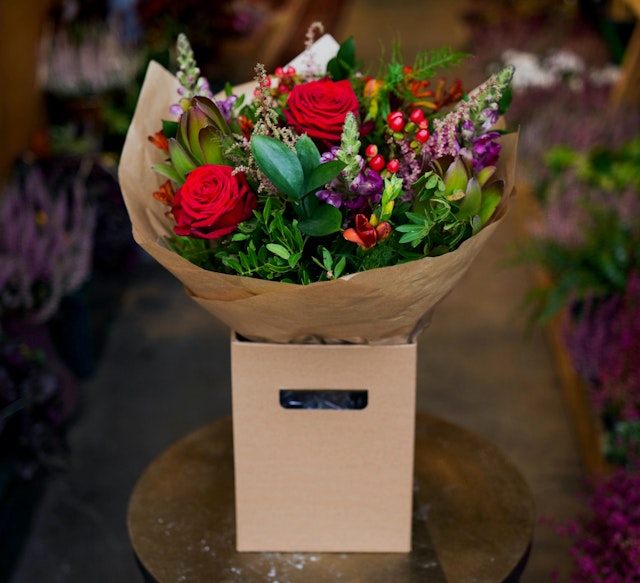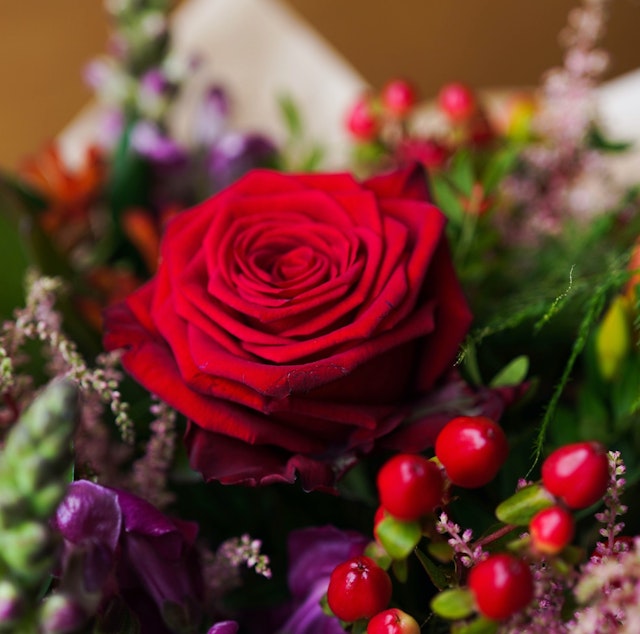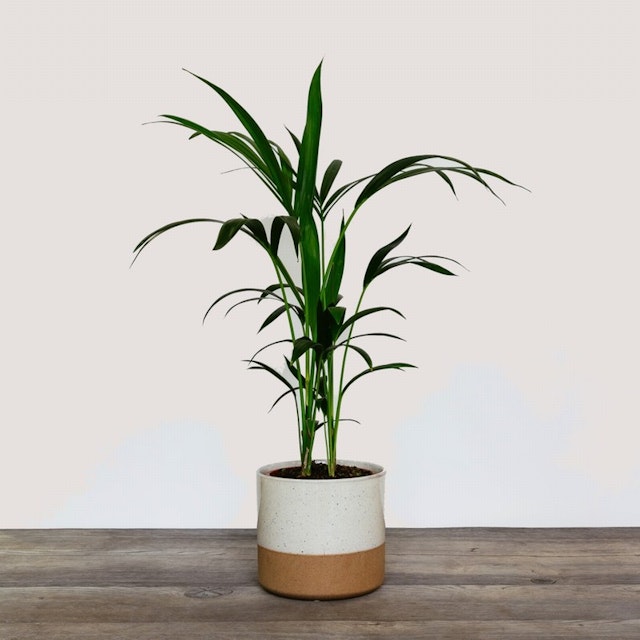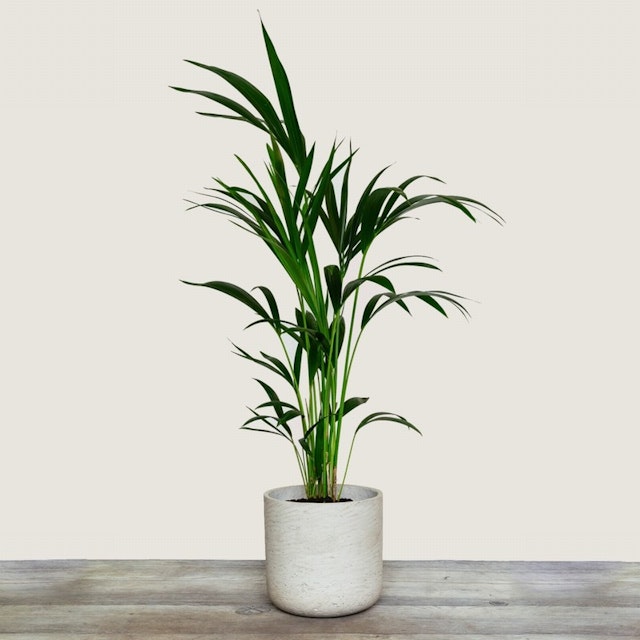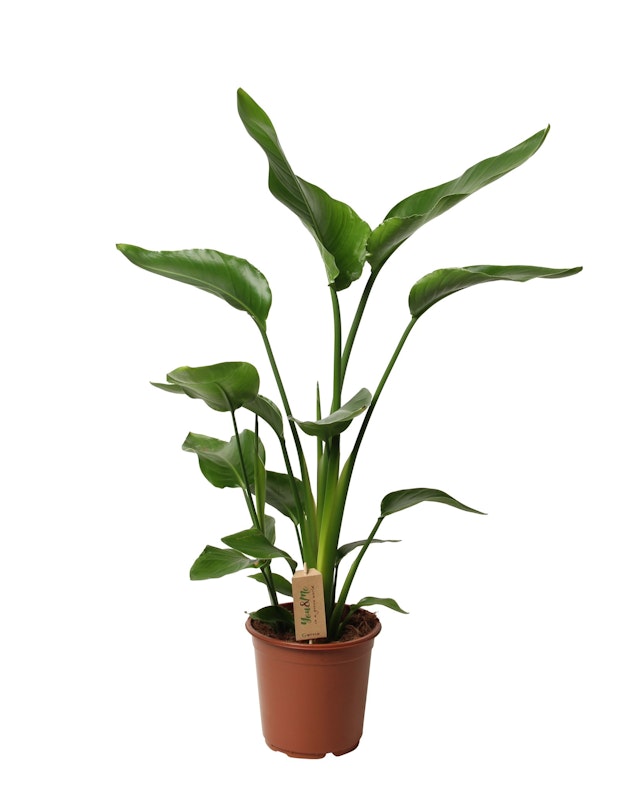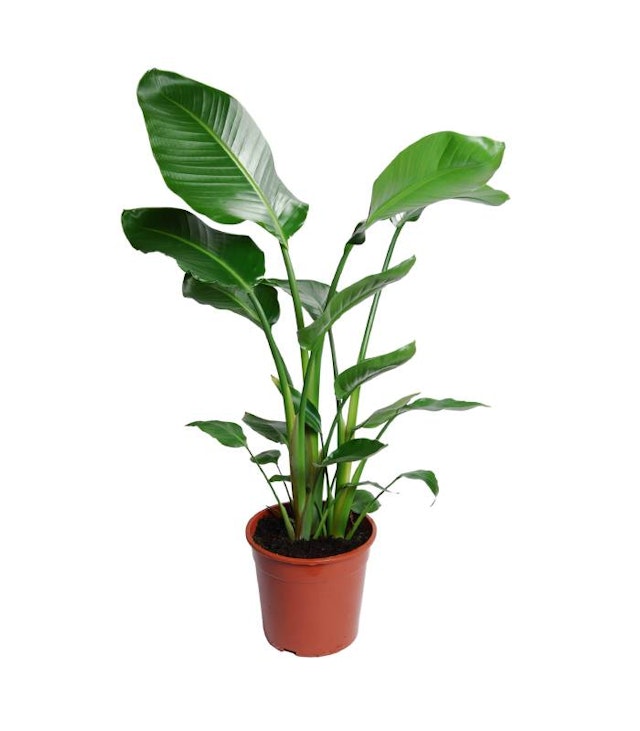Shop
Occasion
Same day delivery
Want to sell on Floom?
Shop
Occasion
Same day delivery
Want to sell on Floom?




Your plant's pot should have holes in the bottom so it is able to drain water easily.
If reusing a pot that had other plants in it, it is recommended you wash the pot, killing any mould or bacteria
Do not over water your plant as the roots will rot.
Most plants need to be kept by a good source of natural light.
You should fertilise your plant every two months. You can use all purpose fertiliser.
Any dead or fallen leaves should be removed to prevent bacteria and mould. Dead branches should also be removed.
Flowers arrived early in day and were exactly as described. Brought much joy to recipient!
Flowers arrived in good condition and as described. Receiver much appreciated.
It was so easy to place my next day order! The bouquet was beautiful and they even hand wrote my message. Thanks Floom!
Makes sending flowers so easy, delivery is quick and hassle-free and there are always so many beautiful options to choose from.
I needed same day flowers for a colleague and came across Floom. The flowers were delivered in good time and I was kept informed as to their progress along the way, which was reassuring as I had slightly doubted whether they would arrive on time - I need not have been concerned. The flowers were beautiful, along with a candle gift that was an option on the website. I feel it was all good value for the lovely standard, presentation and service. The flowers were extremely well received which, of course, was the main thing. I would definitely use Floom again, without hesitation.
Excellent - I always use Floom and the flowers never disappoint. Would highly recommend
Very happy with the order, the process and the service. The flowers were lovely!!
Kentia Palm
Product options
Product information
Description
If you’re looking for a chic, elegant houseplant with architectural grace, the Kentia Palm (Howea Forsteriana) is a top choice. Even if you have no experience with indoor houseplants, it’s easy to keep this low-maintenance palm in good health. Though a Kentia Palm will survive erratic watering and low-light conditions, humidity is the key to keeping this mini palm tree in perfect condition. When positioned in a well-chosen spot, Howea Forsteriana has the potential to grow into a spectacular, 3m (9ft) tall indoor palm tree! Light: Prefers bright, indirect light but will tolerate shade. Direct morning or afternoon sunlight for a few hours a day should not harm an established plant, providing it is not too harsh. Watering: Be careful not to overwater your Kentia Palm as this can lead to waterlogged roots and rot. Allow the top of the soil to dry out before watering again. Temperature: The Howea forsteriana prefers average household temperatures: between 16-24°C, but do not allow it to fall lower than 13°C. Avoid cold draughts. Humidity: Howea forsteriana prefers increased humidity levels. Place on a shallow gravel tray filled with water and mist regularly. Ideal for bathrooms and kitchens. Feed: Liquid fertiliser can be applied occasionally during the growing season. Try not to over-feed. Height & Growth Rate: The Kentia Palm is a very slow-growing plant which typically reaches an ultimate indoor height of around 2 to 3 metres. Toxicity: This palm is non-toxic and therefore safe around small children and animals.Air Purifying: Palms clean and improve air quality by filtering toxins from the surrounding environment.
Your plant's pot should have holes in the bottom so it is able to drain water easily.
If reusing a pot that had other plants in it, it is recommended you wash the pot, killing any mould or bacteria
Do not over water your plant as the roots will rot.
Most plants need to be kept by a good source of natural light.
You should fertilise your plant every two months. You can use all purpose fertiliser.
Any dead or fallen leaves should be removed to prevent bacteria and mould. Dead branches should also be removed.
Flowers arrived early in day and were exactly as described. Brought much joy to recipient!
Flowers arrived in good condition and as described. Receiver much appreciated.
It was so easy to place my next day order! The bouquet was beautiful and they even hand wrote my message. Thanks Floom!
Makes sending flowers so easy, delivery is quick and hassle-free and there are always so many beautiful options to choose from.
I needed same day flowers for a colleague and came across Floom. The flowers were delivered in good time and I was kept informed as to their progress along the way, which was reassuring as I had slightly doubted whether they would arrive on time - I need not have been concerned. The flowers were beautiful, along with a candle gift that was an option on the website. I feel it was all good value for the lovely standard, presentation and service. The flowers were extremely well received which, of course, was the main thing. I would definitely use Floom again, without hesitation.
Excellent - I always use Floom and the flowers never disappoint. Would highly recommend
Very happy with the order, the process and the service. The flowers were lovely!!



